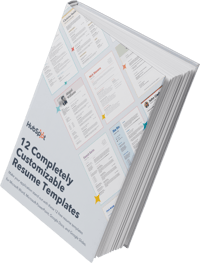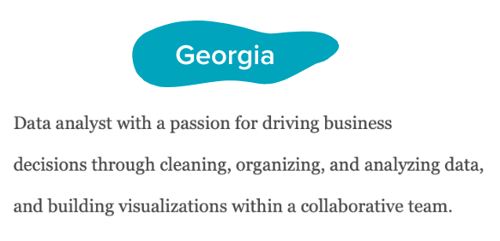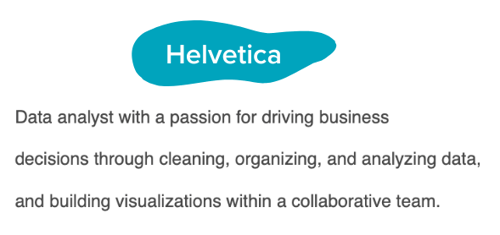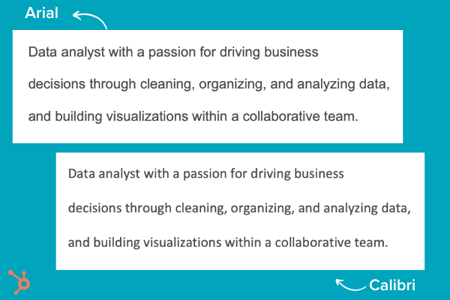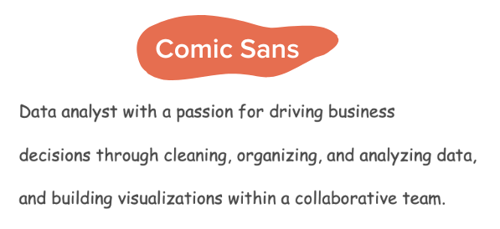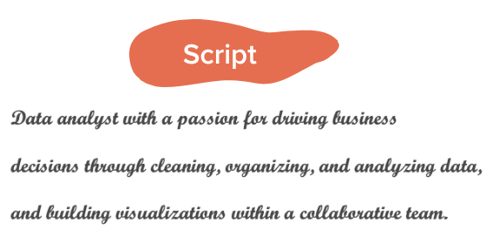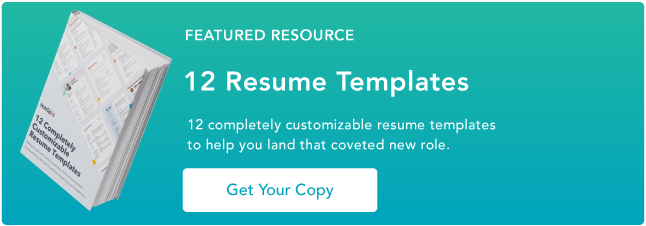When we build a brand, we build an experience that reflects a purpose. Visual identity is a huge part of this brand experience. Colors, graphics, and fonts turn brand concepts into visual identities that can be recognized.
Once a brand is established, it needs to become a recognizable identity that the external world can perceive. This recognition comes with consistency, and achieving that consistency requires a strong visual identity system.
To create a visual identity system, you need all the visual elements that the brand has. The visual identity system’s basics are a strong brand guide and its implementation tasks. The ultimate goal of this system is to turn all the brand assets into principles that all the content team can follow to make sure that the online presence is aligned with the original brand concept.
Visual Identity System Benefits
A visual identity system is a way to make things easier, help people achieve a manageable and effective workload, and avoid mistakes. These mistakes can take place when there is no clear guidance about how to achieve excellent work results.
Putting systems in place turns complex processes into easy-to-understand steps that increase efficiency.
An effective visual identity system will help an organization:
- Improve the outcome of their content creation process.
- Avoid mistakes related to misunderstanding what the brand entails.
- Make collaboration between teams easy.
- Create complex strategies with a strong foundation that can help implement them.
How To Create a Visual Identity System
Step 1: Develop the Brand Identity
A visual identity system starts with what we know as the brand image. This includes the logo, fonts, and brand colors. Ideally, you'll have these in a brand guide already, but if you don't you should develop them in this step.
Step 2: Create a Mood Board
Mood boards are similar to visual identity systems in the sense that they depict far more than a logo and color scheme. Mood boards go a step further in displaying photographs, video, and even audio or scents to get a well-rounded feel for a brand.
Mood boards are curated content (i.e. not developed in house at a company or organization) and are not public. They're strictly helpful in gaining inspiration and feedback from stakeholders about what the official visual identity system might look like once it's finished.
Step 3: Get Feedback
Sounds simple enough, right? But this can be a step in the process that you revisit several times before settling on the perfect draft of your visual identity system.
Rather than creating proprietary content for your visual identity system every time you get new feedback, use your modo board from the step above to relay your vision. Once you get buy-in, you're ready to put together your own visual identity system.
Step 4: Include Guidelines
In order for a visual identity system to work well, it's important to include guidelines for using each element. These guidelines answer specific questions "How do designers create new content without breaking the consistency?" and "How does a website developer understand what the website should look like?"
There are, for example, types of content where a logo is not the best option to add, so designers can opt for a word mark or simplified logo instead.
It's important to be very specific and particular with the guidelines so that there is little confusion and designers can develop discernment about best practices for using the visual identity system.
Once you have them in place, it's time to add guidelines for each element. There are several ways you can structure this, but here are a couple of common ones:
- Dedicate a page to each element and include guidelines on the same page as the element.
- Include your brand guide at the beginning of the visual identity system document and add guidelines toward the end.
- Add an FAQ sheet explaining the guidelines for each element.
- Add samples of do's and don'ts so the team sees real-world examples of the guidelines in action.
Visual Identity System Basics
If you want to build your visual identity system to make your brand stand out from the crowd, here are some best practices that can help you avoid common mistakes and achieve great results.
Know your message.
Know your message, purpose, and how you want to talk to your audience. Visual identity system basics need a strong foundation to succeed. Think about those values you want to share and the misconceptions you want to avoid at all costs. Create a schedule that prioritizes your main goals and allows you to create results aligned with your values.
Knowing what you want to communicate will help you build a message that is not only profitable but also aligns with your values.
Have a strong theoretical background.
Do you know that psychology studies the foundations of the relationship between colors and feelings? Have you noticed that a message can be read as scary or romantic based on your font? If you have this information, you can shape how people visually perceive your brand.
Psychology tells us a lot about colors and how they can affect people’s perception of our brands. If you don’t know much about this, maybe it is time for you to start diving into some research work.
Create an effective system.
Create an effective but scalable system so it can be upgraded based on your brand and business needs. The main goal of any system is to make things easier. That should be on top of every requirement that comes along the way.
Visual identity system examples are successful if they show the potential to scale without losing their efficiency.
Be specific.
Be as specific as possible, as this will make you avoid mistakes and the unnecessary back and forth between team members. Choosing details like the stock photos that suit the brand can make the difference.
Making things clear can be incredibly helpful for new team members who don’t have the brand background needed to understand the virtual identity system basics by themselves.
Create an Amazing Visual Identity System
Building a system is a concept that sounds more technical and specialized, which makes it hard to start. But, the truth is, even if you have just a bunch of tasks together, you’re already building the first steps towards your system creation. You’re close to the goal.
Systems can make everything easier, even if you start small with many questions. You will learn the details along the way.
Have you created a strong visual identity system? If you haven’t, today is the day to start.
from Marketing https://blog.hubspot.com/marketing/visual-identity-systems
When we build a brand, we build an experience that reflects a purpose. Visual identity is a huge part of this brand experience. Colors, graphics, and fonts turn brand concepts into visual identities that can be recognized.
Once a brand is established, it needs to become a recognizable identity that the external world can perceive. This recognition comes with consistency, and achieving that consistency requires a strong visual identity system.
To create a visual identity system, you need all the visual elements that the brand has. The visual identity system’s basics are a strong brand guide and its implementation tasks. The ultimate goal of this system is to turn all the brand assets into principles that all the content team can follow to make sure that the online presence is aligned with the original brand concept.
Visual Identity System Benefits
A visual identity system is a way to make things easier, help people achieve a manageable and effective workload, and avoid mistakes. These mistakes can take place when there is no clear guidance about how to achieve excellent work results.
Putting systems in place turns complex processes into easy-to-understand steps that increase efficiency.
An effective visual identity system will help an organization:
- Improve the outcome of their content creation process.
- Avoid mistakes related to misunderstanding what the brand entails.
- Make collaboration between teams easy.
- Create complex strategies with a strong foundation that can help implement them.
How To Create a Visual Identity System
Step 1: Develop the Brand Identity
A visual identity system starts with what we know as the brand image. This includes the logo, fonts, and brand colors. Ideally, you'll have these in a brand guide already, but if you don't you should develop them in this step.
Step 2: Create a Mood Board
Mood boards are similar to visual identity systems in the sense that they depict far more than a logo and color scheme. Mood boards go a step further in displaying photographs, video, and even audio or scents to get a well-rounded feel for a brand.
Mood boards are curated content (i.e. not developed in house at a company or organization) and are not public. They're strictly helpful in gaining inspiration and feedback from stakeholders about what the official visual identity system might look like once it's finished.
Step 3: Get Feedback
Sounds simple enough, right? But this can be a step in the process that you revisit several times before settling on the perfect draft of your visual identity system.
Rather than creating proprietary content for your visual identity system every time you get new feedback, use your modo board from the step above to relay your vision. Once you get buy-in, you're ready to put together your own visual identity system.
Step 4: Include Guidelines
In order for a visual identity system to work well, it's important to include guidelines for using each element. These guidelines answer specific questions "How do designers create new content without breaking the consistency?" and "How does a website developer understand what the website should look like?"
There are, for example, types of content where a logo is not the best option to add, so designers can opt for a word mark or simplified logo instead.
It's important to be very specific and particular with the guidelines so that there is little confusion and designers can develop discernment about best practices for using the visual identity system.
Once you have them in place, it's time to add guidelines for each element. There are several ways you can structure this, but here are a couple of common ones:
- Dedicate a page to each element and include guidelines on the same page as the element.
- Include your brand guide at the beginning of the visual identity system document and add guidelines toward the end.
- Add an FAQ sheet explaining the guidelines for each element.
- Add samples of do's and don'ts so the team sees real-world examples of the guidelines in action.
Visual Identity System Basics
If you want to build your visual identity system to make your brand stand out from the crowd, here are some best practices that can help you avoid common mistakes and achieve great results.
Know your message.
Know your message, purpose, and how you want to talk to your audience. Visual identity system basics need a strong foundation to succeed. Think about those values you want to share and the misconceptions you want to avoid at all costs. Create a schedule that prioritizes your main goals and allows you to create results aligned with your values.
Knowing what you want to communicate will help you build a message that is not only profitable but also aligns with your values.
Have a strong theoretical background.
Do you know that psychology studies the foundations of the relationship between colors and feelings? Have you noticed that a message can be read as scary or romantic based on your font? If you have this information, you can shape how people visually perceive your brand.
Psychology tells us a lot about colors and how they can affect people’s perception of our brands. If you don’t know much about this, maybe it is time for you to start diving into some research work.
Create an effective system.
Create an effective but scalable system so it can be upgraded based on your brand and business needs. The main goal of any system is to make things easier. That should be on top of every requirement that comes along the way.
Visual identity system examples are successful if they show the potential to scale without losing their efficiency.
Be specific.
Be as specific as possible, as this will make you avoid mistakes and the unnecessary back and forth between team members. Choosing details like the stock photos that suit the brand can make the difference.
Making things clear can be incredibly helpful for new team members who don’t have the brand background needed to understand the virtual identity system basics by themselves.
Create an Amazing Visual Identity System
Building a system is a concept that sounds more technical and specialized, which makes it hard to start. But, the truth is, even if you have just a bunch of tasks together, you’re already building the first steps towards your system creation. You’re close to the goal.
Systems can make everything easier, even if you start small with many questions. You will learn the details along the way.
Have you created a strong visual identity system? If you haven’t, today is the day to start.



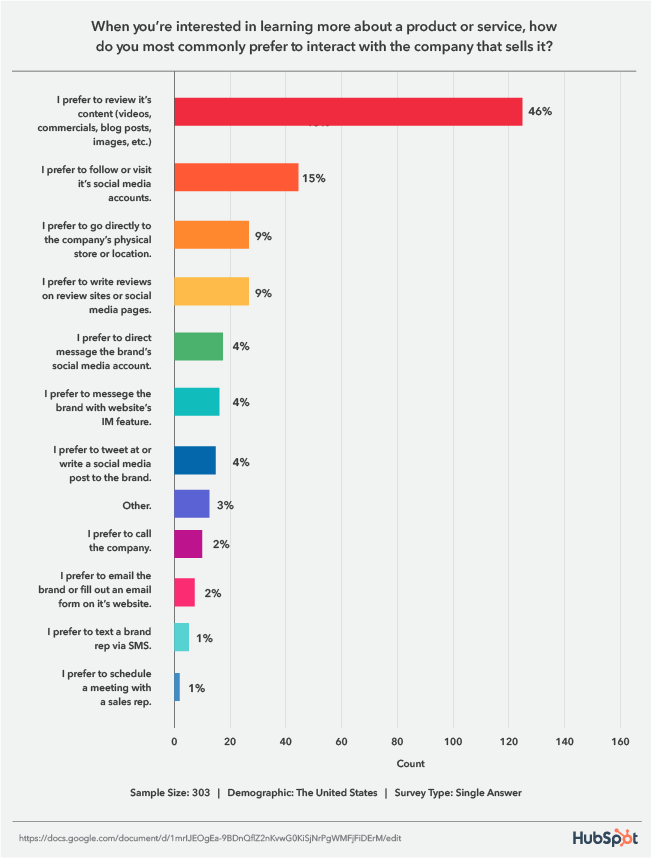
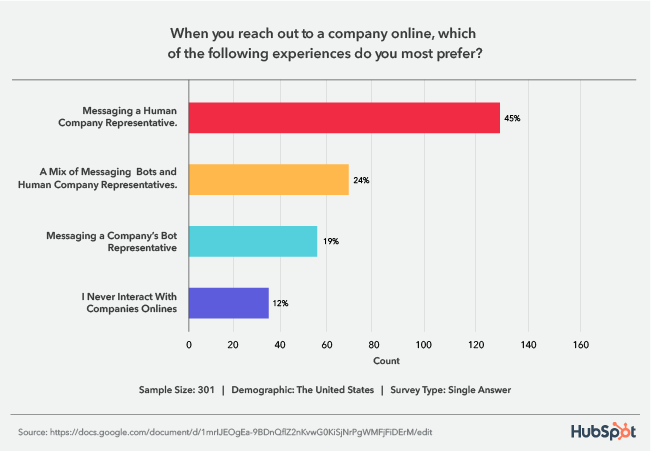
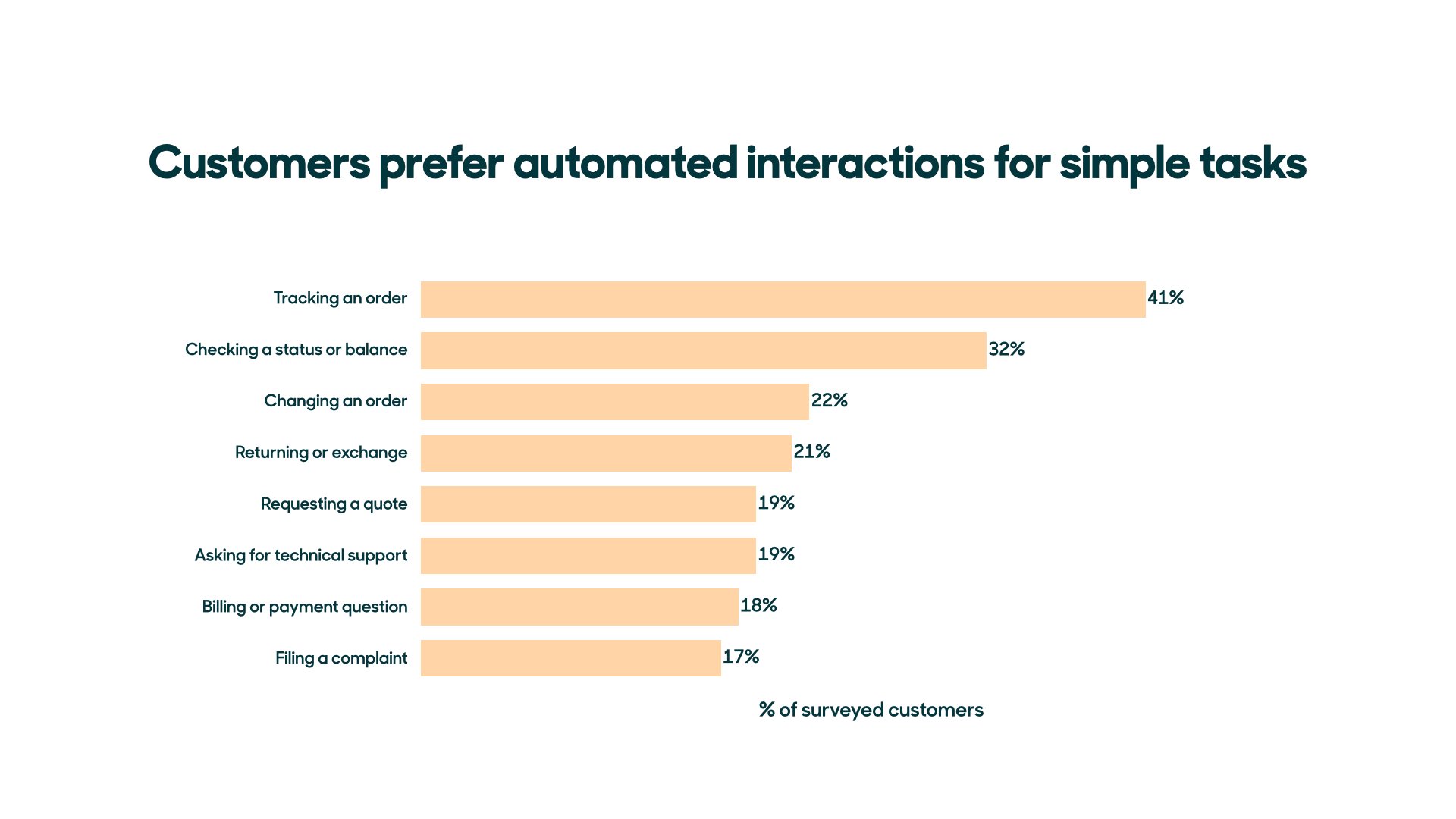
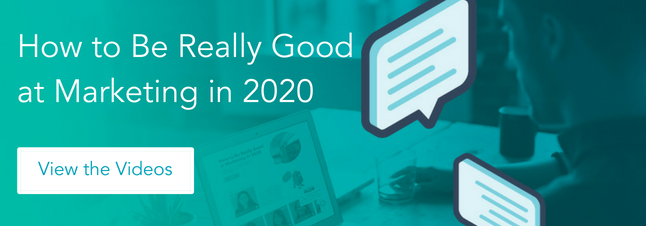

![→ Free Download: Social Media Calendar Template [Access Now]](https://no-cache.hubspot.com/cta/default/53/3e56e15d-47bd-46c9-a256-99fde52abfe7.png)
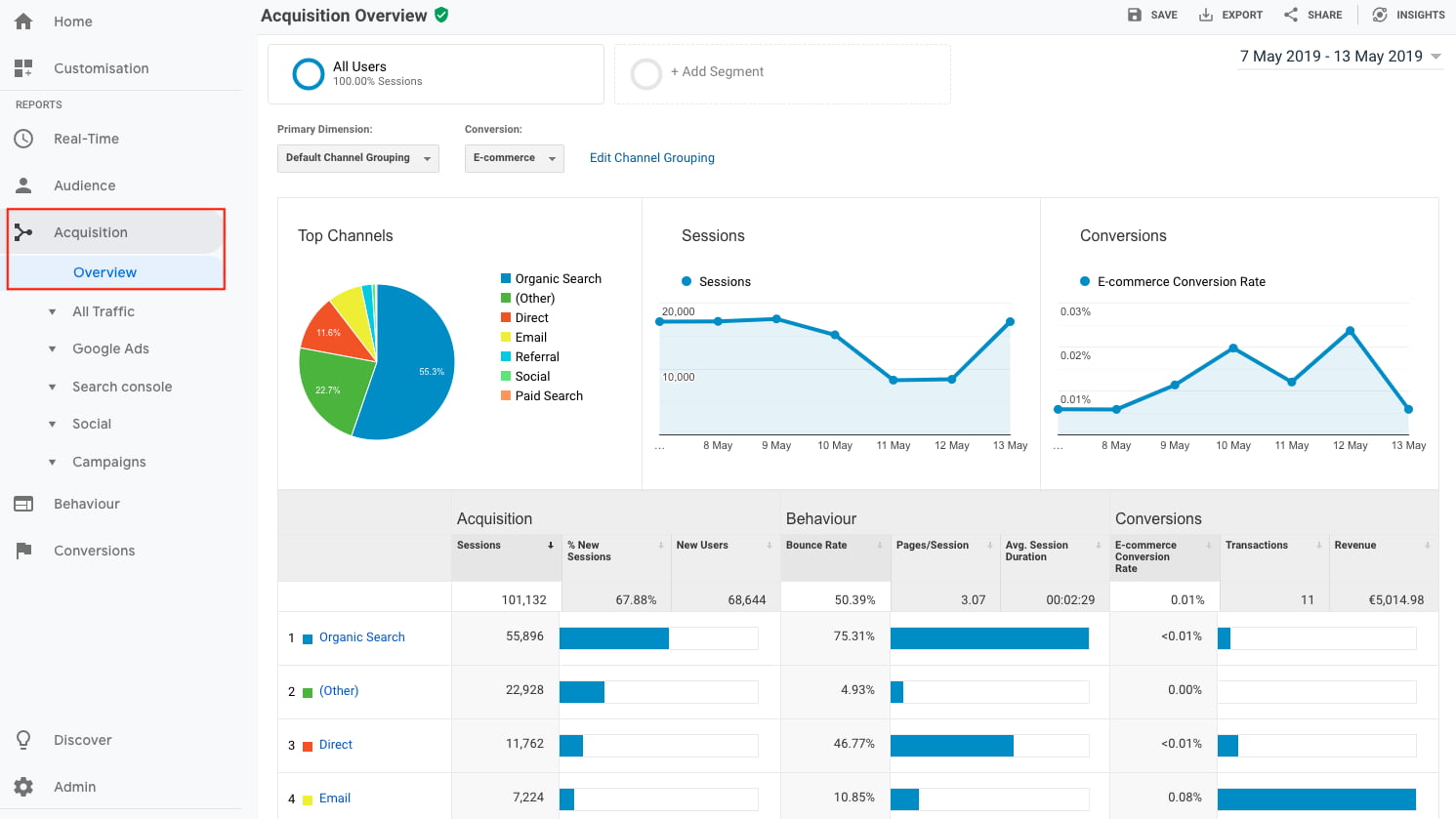
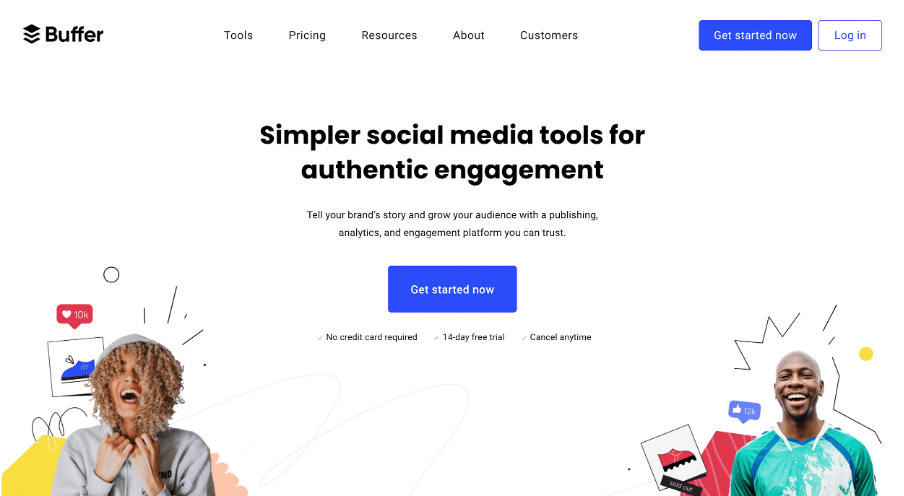
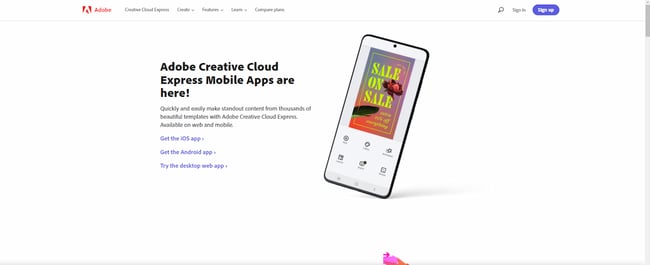 Formerly Adobe Spark,
Formerly Adobe Spark,  Love the impact of
Love the impact of 
![→ Download Now: 12 Resume Templates [Free Download]](https://no-cache.hubspot.com/cta/default/53/4ec95757-585e-40cf-9189-6b3885074e98.png)
